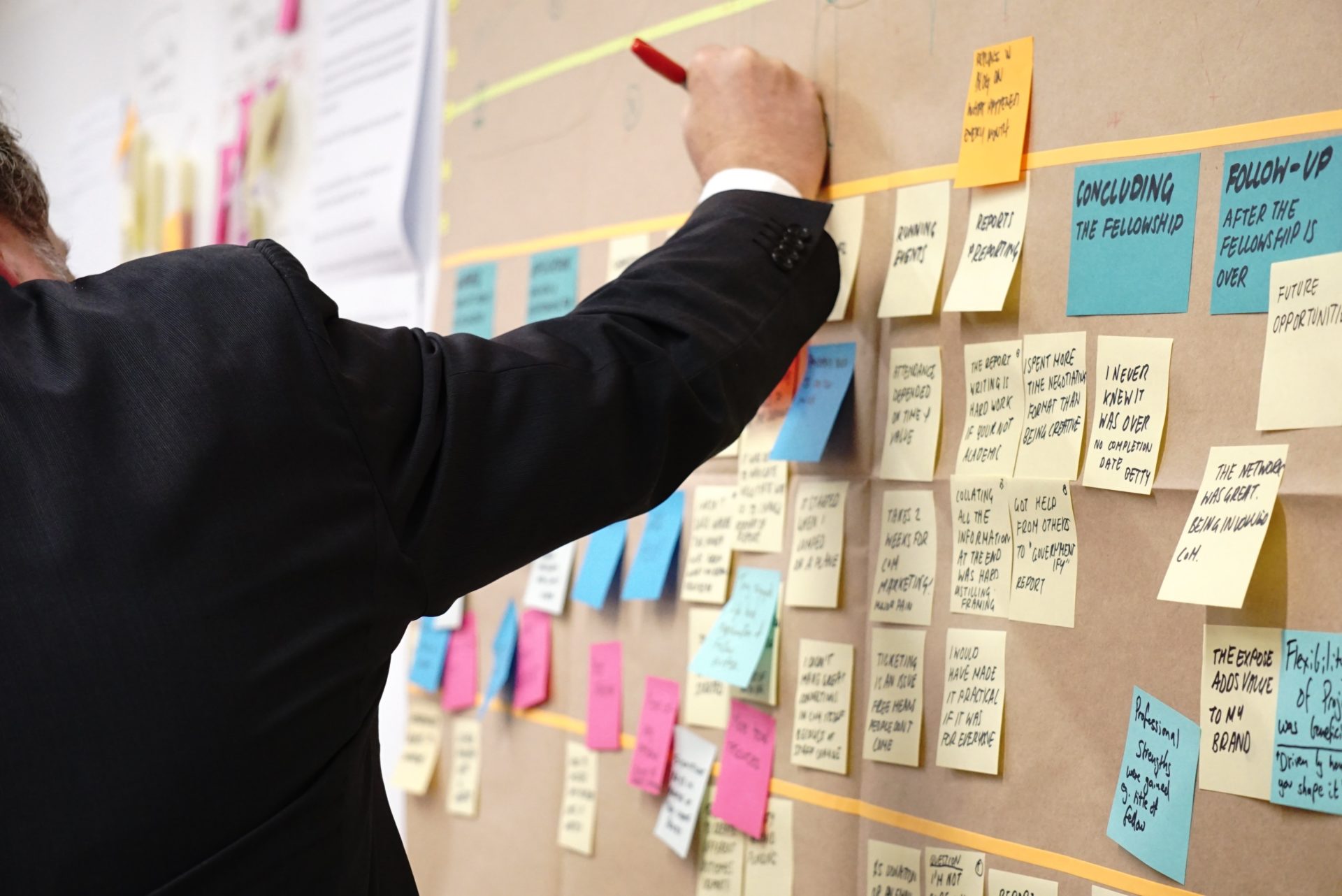When it comes to application development projects, many might think that the traditional waterfall model restricts the flexibility of the project, since everything needs to be planned beforehand, and there is almost no room for changes once the project has started to be developed. Agile model development is a comparatively new project management model adapted by clients, which provides a high level of flexibility for the clients to make amendments anytime, the project planning does not necessarily need to be fully completed when signing a contract, but a great level of flexibility means that the contract might not be very detailed and confirmed. The procurement team might not approve the contract easily because there are still a lot of uncertainties in the project. With the sight of it, Motherapp proposes a new model to our client called the hybrid-agile model.
The hybrid-agile model is a combination of the waterfall model and the agile model. The initial requirements and designs are more detailed and carefully planned before the project starts, which is the waterfall part. Yet, the client is not committed to everything at the very beginning, which provides a level of flexibility and is the agile part of the hybrid-agile model project. The crucial part of the project will be developed as a prototype by the engineers first, additional features can be added or changed before launching the application.
The effort of projects will be itemized based on Development Units (DUs). DU means a specific block of time (can be a man-day, a man-hour, or any units that can be used to measure the efforts and cost) used to finish the tasks of the project. The more DUs are taken, meaning that the more work the development team has done, and the more costs the clients need to afford. With DUs, clients can swap out certain features in the original project and swap in new features with the same DUs.

Why should we adopt the hybrid-agile model?
The obvious advantage of a hybrid-agile project is that the project can be started sooner, even though there is some incomplete information or vague requirements. Since the development process is flexible, there is no need to confirm all the details at the very beginning of the project. In a hybrid-agile project, the clients may enjoy a level of flexibility in changing plans before the completion of the project. Let’s say 30% of the project has been finished, if the client would like to update the plan or design of the following 70% of the project, they can contact our team. When we were collaborating with Carbon Wallet for their application, we developed the core features first, so that the application can be launched in only 3 months. In the meanwhile, our client can plan for Phase 2.
Notes to be taken when running a hybrid-agile project
To optimize the performance of a hybrid-agile project, there is something that we need to pay attention to:
All stakeholders should be involved in the decision-making process
A software development project involved different stakeholders of a company. Take developing a loyalty program application as an example, it is used to retain customers, the marketing department should be in charge of the project for sure, but they might need to communicate with other departments as well, such as the operation department (What will be the rewards claiming process?) or the merchandise department (How many rewards can be provided?), so forth and so on. Therefore, whenever some decisions have to be made and confirmed with the vendor, it would be better if there are stakeholders from different departments, so that the final decision can be made quickly. Otherwise, it is very likely to have new opinions after the functions are developed, resulting in additional time and DU spent on changes.

Transparency of work
When we are running a hybrid-agile model project, we usually plan the product backlog and sprint backlog two weeks ahead, so that the clients can easily find out the current and future progress. The sprint backlog should be planned in a kanban platform that can be accessed by both the developers and the clients to enhance transparency. If the client found out the occurring backlogs might not be their prioritized tasks, they may communicate with our team for rescheduling. Apart from enhancing the prioritization, a transparent developing process also generates peace of mind for the client, making sure that the project flow matches the client’s needs.

Hope you now have a deeper understanding of agile development and the success factors that you need to pay attention to when planning a hybrid-agile model project. Here at Motherapp, our objective is to make great use of our experience and skills, to help our clients optimize their resources. If you are looking for project consultation, feel free to contact our sales team and learn more.
